|
As we are about to begin a new year, it is a great time for a fresh start. This year we have all had many challenges and we need to find some renewed energy and hope. Sometimes that can be a breather just to take time with family, or maybe it could be changing things up from the regular routine. I don't know about others, but I found it difficult to get motivated lately. Even though it is supposed to be a festive season, most days seemed to be the same and it was hard to find moments of anticipation and joy. So many of the things we look forward to at this time of the year were missing due to the pandemic. For many of my teaching friends, the challenges of teaching during a pandemic have been daunting and they are rapidly burning out and feeling overwhelmed. I hope that the holiday break has given them some time to relax and recharge so they will be refreshed for the start of the new year. This next season will probably be a mix of online and in person teaching and learning as we continue to get through the pandemic. Here are some ideas for starting out the new year. Hopefully these will bring some laughter and smiles to your day and give you some joy as you return to teaching. Do a photo booth. If you are teaching in person, you could add some New Year's hats and blowers, fancy glasses, etc. Have your students create fun poses and take photos of them and then have them write about their goals. If you are teaching online, you could create some interesting picture frames and then take screenshots of your students and add them to the frames. If they have some fancy accessories at home, perhaps these could be added to their images. If you are looking for materials to help you through the winter season, here are some that might work for you. Sight word games and activities, word work, parts of speech silly sentences and other literacy games can be fun when they have a winter theme. Here are some literacy items in French in case you need them. Here are some free products that might help. New Year's Goal Setting Templates 3 Stars and a Wish Snowy Days Compound Words Winter Sports Task Card Templates Goal setting for the New Year Goal setting is not only good for children, it is also good for us as teachers. Think of some things that you are proud of and things you would like to work on (3 stars and a wish) Come up with a goal for home, school, and something personal. This is the same format that can be used with your students. If you are looking for some novel studies that are good for the winter season, try these. Creative writing ideas Start a statement and see how many crazy ideas you can come up with. (This could be done orally first, and then developed into a written story.) I was so frozen my fingers were like popsicles but they didn't taste as good. I was so frozen ......... It was so cold ........ When I woke up I couldn't believe my eyes.......... If you are looking for some winter math ideas, you can find them here. I hope you find these suggestions and resources helpful as you return to teaching in January.
Thank you for all you do for your students.
1 Comment
Using technology in the classroom is commonplace now. It is not uncommon to find computers, ipads, ipods, document cameras, video cameras, smartboards, interactive whiteboards, projectors, cameras and other pieces of technology in many schools. Websites are now a common source of reference and paper worksheets are often replaced by interactive worksheets projected on the board. Children are exposed to more and more multimedia before they even enter school, and it is clear that we need to tap into this learning style that has been created and direct it in a positive way. Technology is not supposed to replace our teaching, it is supposed to enhance it and help engage learning. During 2020, using technology has taken on a new purpose. Because of the pandemic, teachers, students, and families have had to learn how to use technology in a whole new way. Digital lessons, online teaching sessions, and one way group instruction have been implemented in many school districts along with a hybrid learning model which combines online learning with in class learning. Looking back now, I am glad that we had opportunities to incorporate technology in the classrooms during the last 8-10 years, because we would be in a very difficult place now if we were not used to working with these devices. Who knew we would be preparing our students for digital instruction and online learning during a pandemic. Hopefully we will be able to find a balance between in person teaching techniques and digital instruction when this is over. It would be sad to lose the personal aspects that nurture and inspire students in a different way. I would love to hear how technology has changed the way you teach in the classroom. Let me know in the comments below. 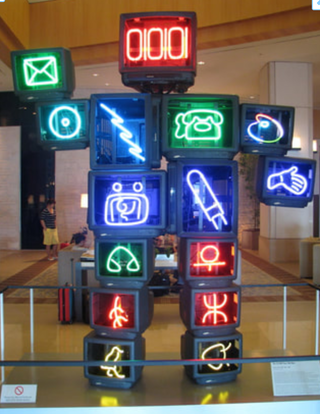 We saw this sculpture in a hotel lobby in Seoul, South Korea when we visited in 2009. I think it speaks well to how the children of the 21 century are different learners than those of the 20th century. For free resources, tips, and ideas, sign up for my newsletter.
https://diamond-mom-2823.ck.page/85f5b94a77 Eight years ago, I took the plunge to create a website and a blog. What was I thinking? I knew absolutely nothing about how websites worked and I certainly didn't have any experience with blogging. I had only read a few blogs and I never really paid much attention to how they looked. As I look back now, I realize that I have learned many things throughout my blogging journey and I feel that I have come a long ways. I know that there are still many more things to learn, but I am proud of what I have accomplished. Here is the gist of my first blog post. I have moved a couple of things around, but otherwise I have left it as is. Join me as I walk down memory lane. My First Blog Post - Getting Started Okay, here goes. I am starting something new and I sure need to take a breath right now. It reminds me that when I introduce new things to my students they probably have a similar response. I keep telling them that they need to think positively, try, even when things may seem difficult, and continue to dream. Now it is my turn to listen to my own words and follow them. So far, I have managed to erase my pages on the website several times and I have yet to figure out how to add links, widgets, and other things unless the page is already set up to click the prepared box. However, I have managed to create a website and start this blog, so the rest will come, right? I love this picture because it is the essence of teaching from the perspective of the carver. She is a teacher, and she works with First Nations students, including her own children. She did this carving as part of an annual carving competition we have here each summer. It is hard to believe this used to be a log. This website was created so that I could share with other teachers and I hope that in time I will be able to effectively use this for collaborating across the continents with like minded people. We are no longer bound by the place where we live. Teachers are very special people and they change lives wherever they are. Fast Forward 8 Years Well, I now know how to add links, images, and some other details, but I am still learning. I finally figured out Pinterest and how to use pins. I am still working on many things, but it goes to show you can still keep learning even when you retire. I discovered early in my blogging journey that it is important to share things that mean something to me. I am passionate about teaching, even now, and I love being able to share ideas and tips for others. I also still like creating resources for students to use. I miss being in the classroom and working with kids and I hope that I will be able to start volunteering again when the pandemic is over. For anyone who hasn't ventured into the blogging world yet, if I can do it, you can do it. You just need to take the first step.
Teaching children about money is not easy. Working with money is a difficult concept for most children to understand. It is even more challenging now as we don't handle cash as often any more. Most transactions are digital. Paying with cash and making change is not as commonplace and so children don't see it very often. However, it is still an important skill to teach and understand. Over the years, I have discovered that the more concrete, practical applications we can use for teaching about money, the more likely kids will understand and apply the skills in other areas. There are many different ways this can be done. Here are a few different examples. When teaching about regrouping in addition or subtraction, I often used the idea of going to the bank to change pennies into dimes and dimes into dollars for addition or the reverse for subtraction. I would also use play money to practice the concept. At Christmas time, the hamper fund would collect money for gifts for kids. My class did a money drive called Pennies for Presents. We would collect pennies and other coins. Then we would sort, count, and wrap the coins and keep a running tally of the money collected. We did this for 4 weeks. At the end of each week we announced how much we had collected. The money was then delivered to the hamper fund. You can find out more by checking out this blog post. Not only did this teach the children about doing something to help others, it also helped them to learn about how to count and tally money. When the penny was discontinued in Canada, we continued the drive, but we changed the title to Coins for Kids and we collected other coins. I always had lots of play money available in my classroom so the children could handle it and work with it for most activities. We would also do lots of role playing and practice buying and selling items. This helped with the concepts of making change and using different types of coins for payment. I also created several math activities and task cards for these concepts. There are also some that are digital versions for online or distance learning. You can check them out here. Word problems are difficult for children, so trying to add the money concept to them can be challenging. I decided to try to make them more relevant by using examples that would fit situations that children could relate to. This set of problems deals with ways children can earn or spend money in real life. One year, I decided to take things a little further. As handling money became less common, my students found it hard to understand that they couldn't buy whatever they wanted to with the plastic card that their parents used for payment. We began studying about money from that perspective and it led to a money unit and a huge fundraiser for a field trip. We created the unit together and it made a big impact on everyone. You can find out some more by checking out this blog post. I also wrote more about it here. There are many other ways that money can be taught, but I hope these ideas have help to give you some inspiration and additional ways to help kids understand how to use money. Related Posts
|
About Me Charlene Sequeira
I am a wife, mother of 4, grandmother of 9, and a retired primary and music teacher. I love working with kids and continue to volunteer at school and teach ukulele. Categories
All
|
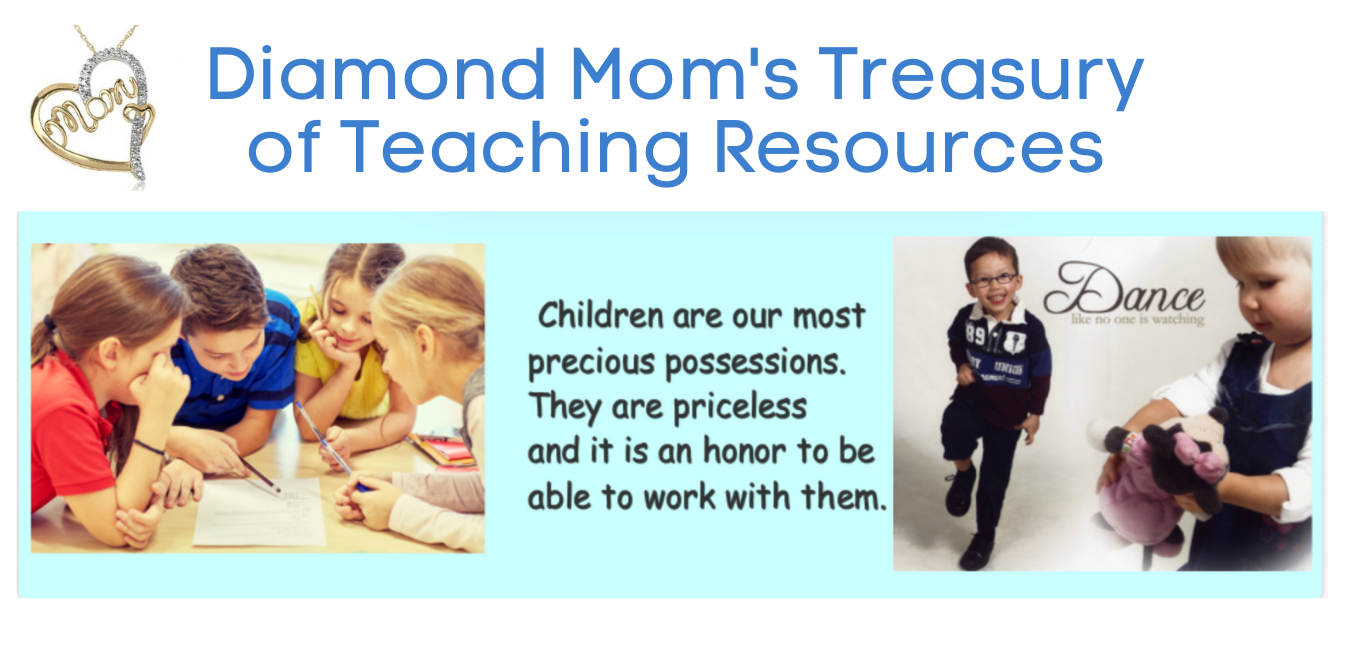
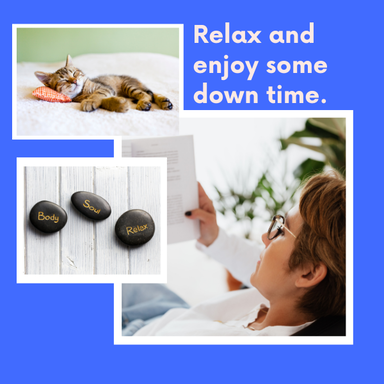

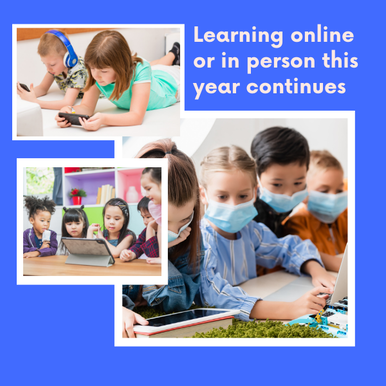

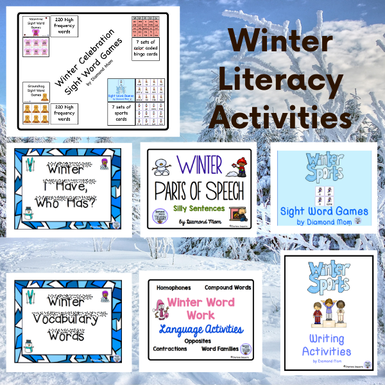
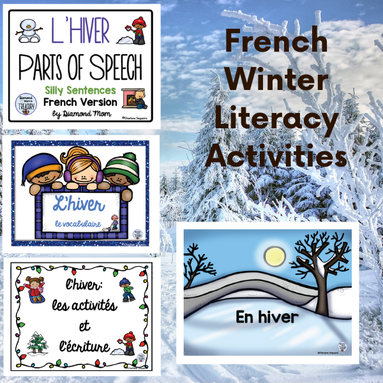
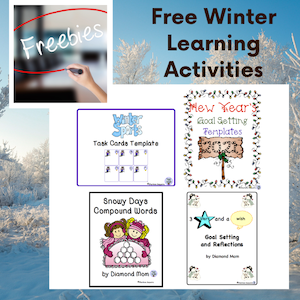


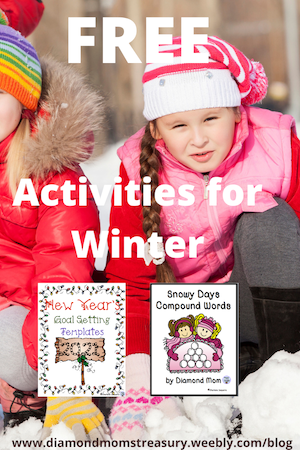
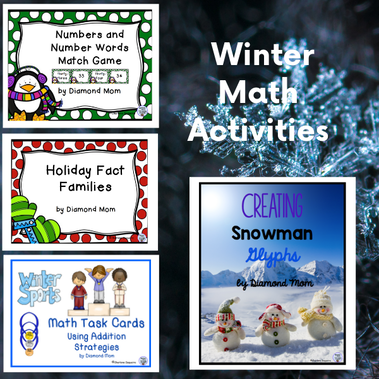

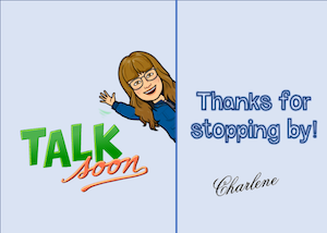



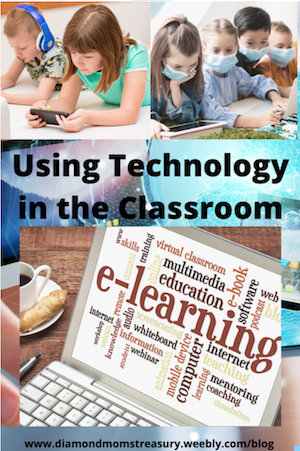

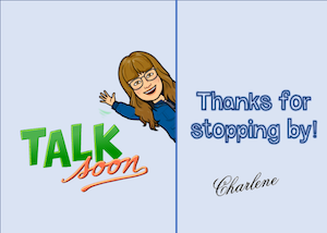

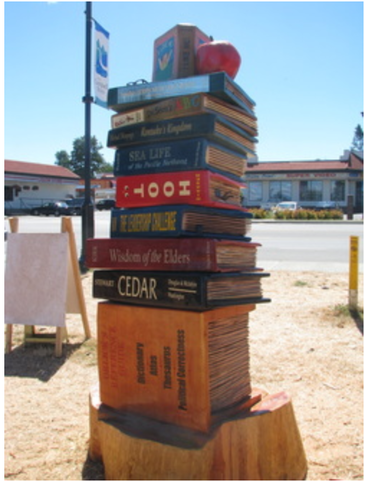

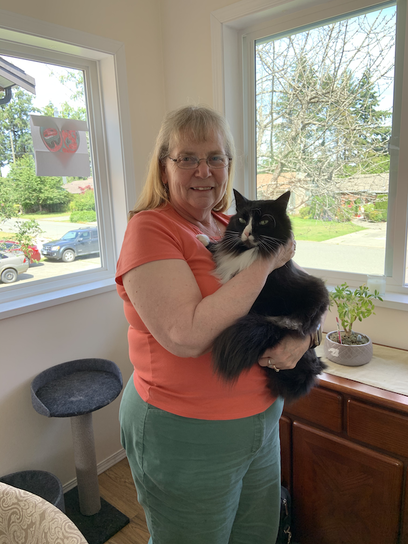

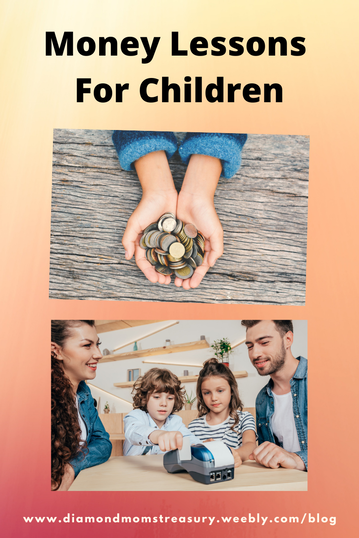
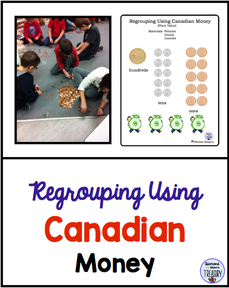
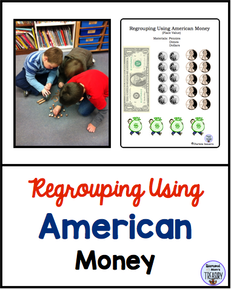
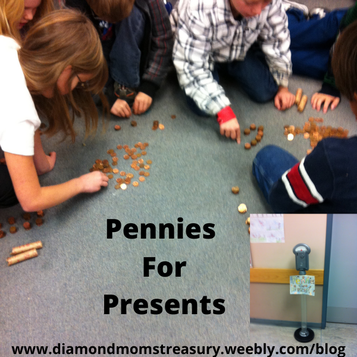
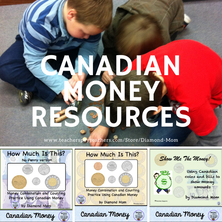
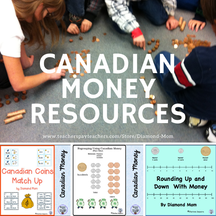
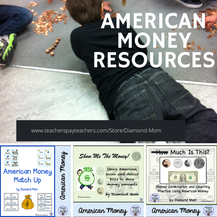
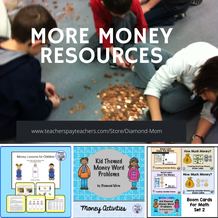
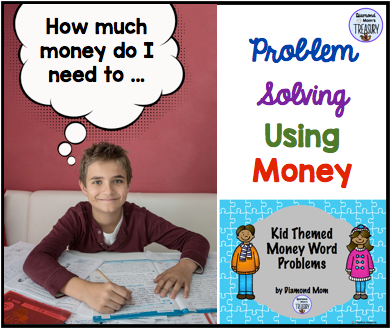
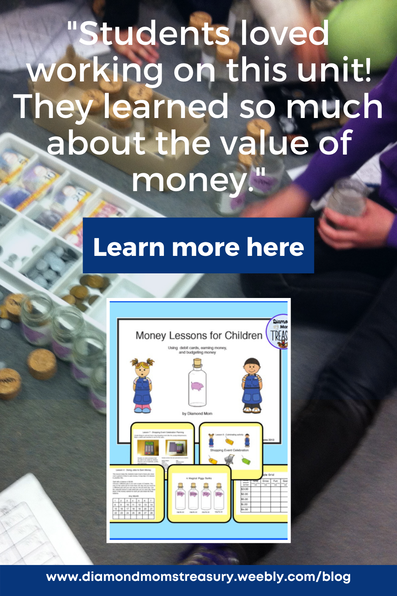
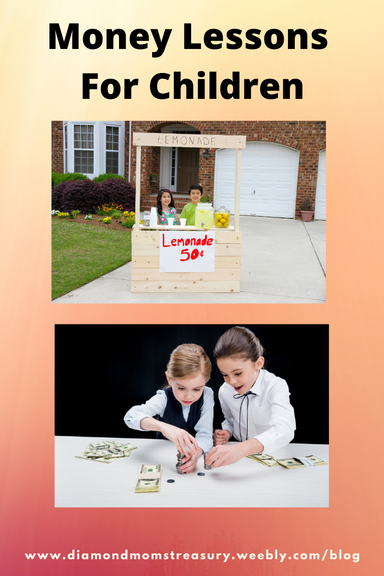
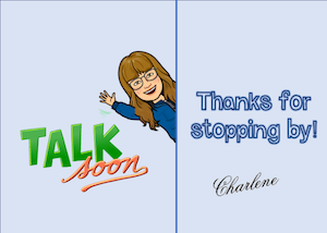
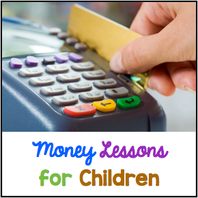
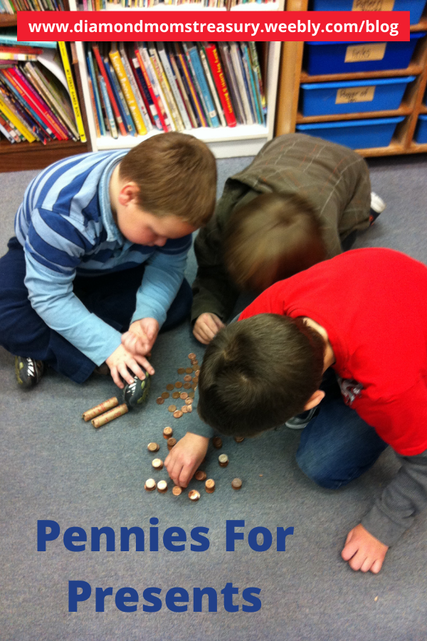
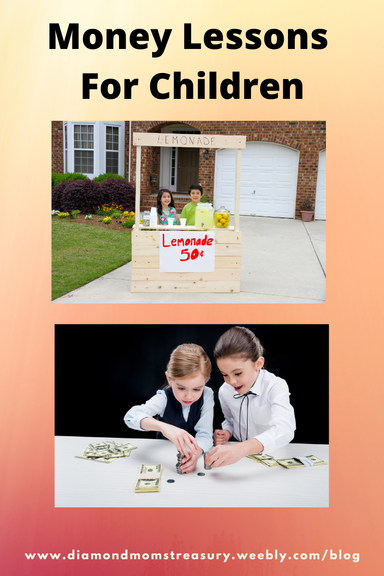
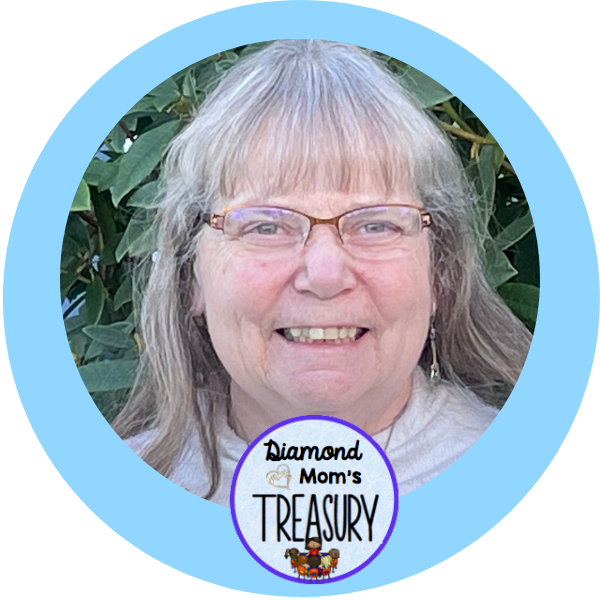


 RSS Feed
RSS Feed